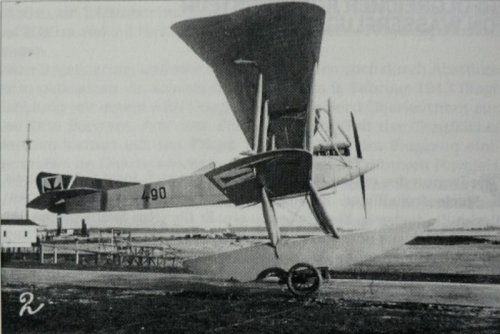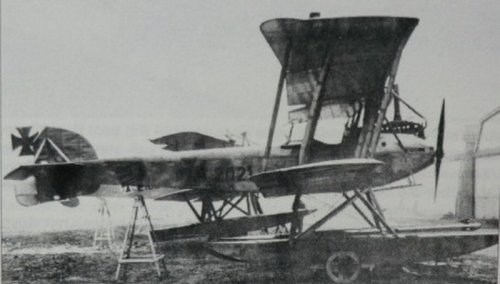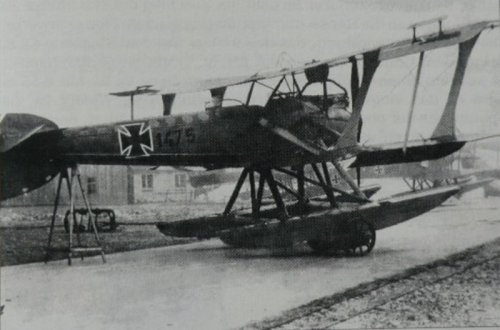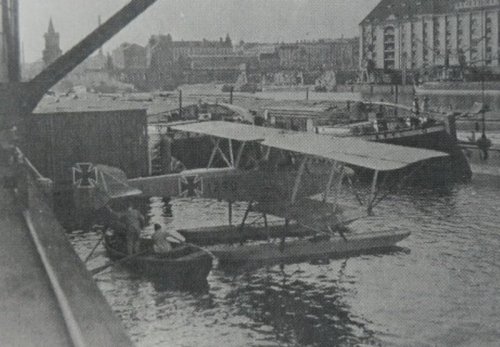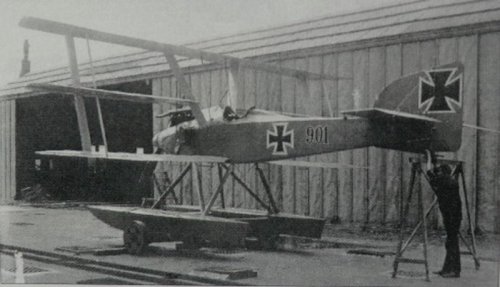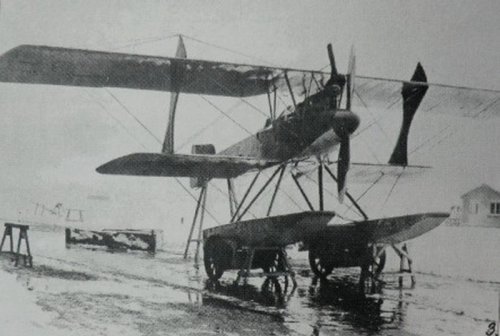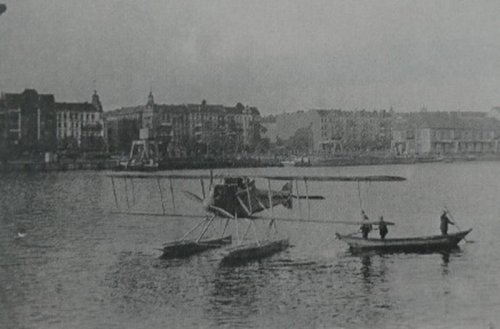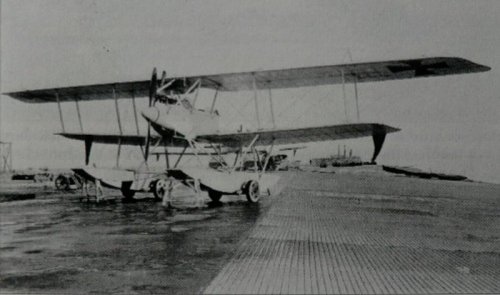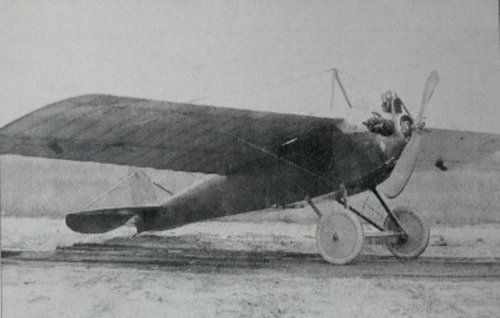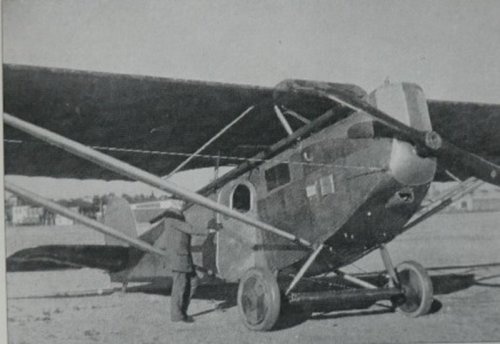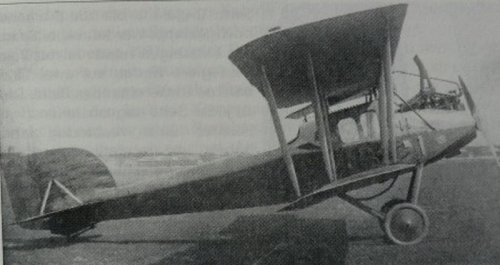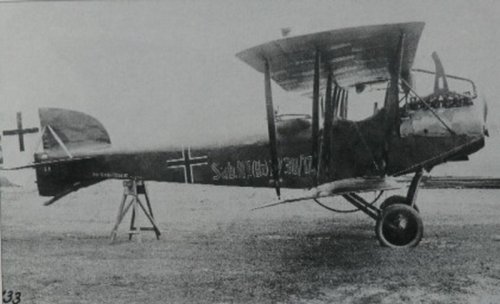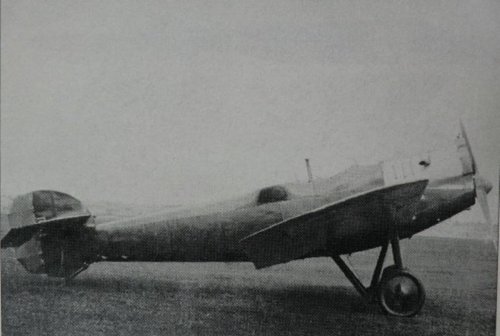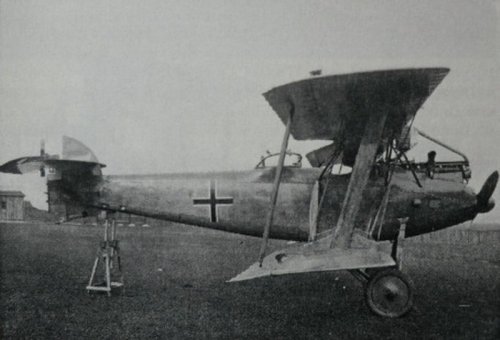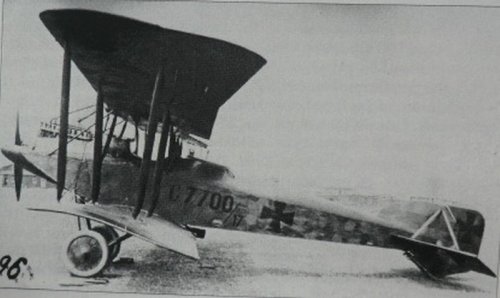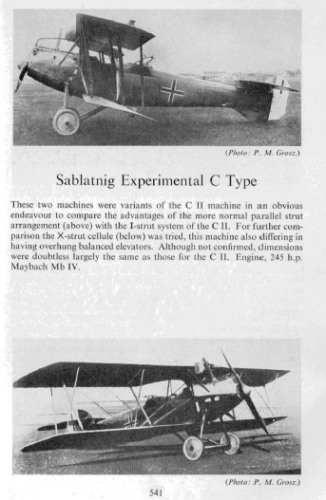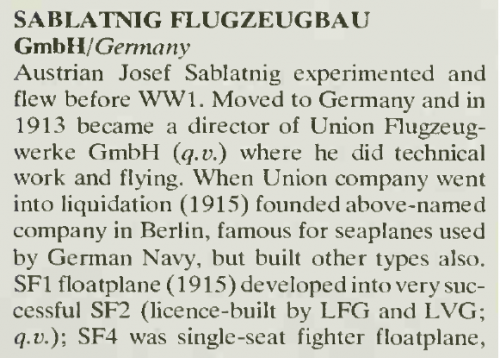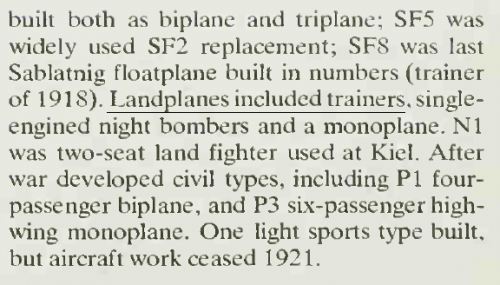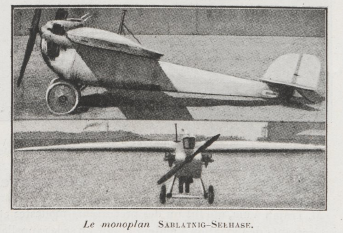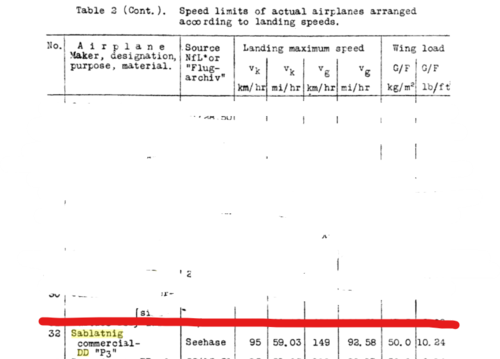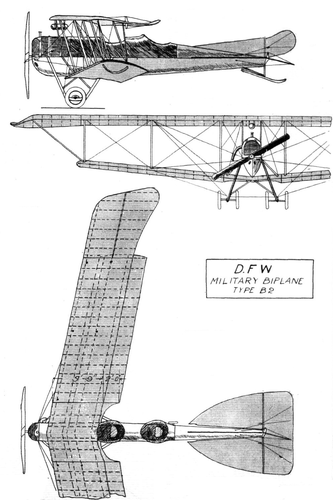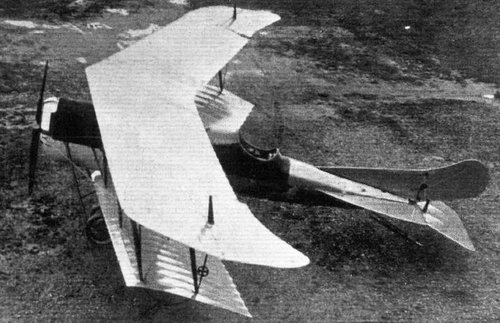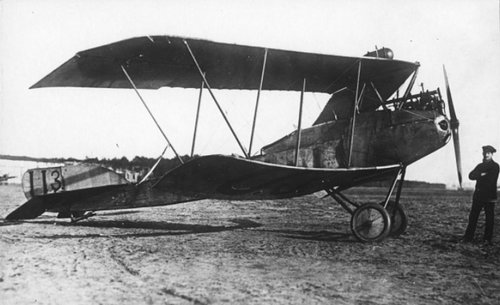- Joined
- 11 March 2006
- Messages
- 8,605
- Reaction score
- 3,037
The Sablatnig Flugzeugbau GmbH was founded on the 5th of October 1916 by Dr.Josef Sablatnig.
Born on the 9th of February 1886 in Klagenfurt/Austria, he got his pilot license in 1910. He was an
experienced pilot, had studied mechanical engineering and had already used his ideas and
knowledge for the development and improvement of aircraft made by the Austro-Hungarian
Autoplanwerken. Triggered by a meeting with Prinz Heinrich von Preußen (Prince Henry of Prussia),
he chose the German citizenship in 1911and became associate of the Union-Flugzeugwerke GmbH in
Berlin during 1913. The first aircraft fully designed by Josef Sablatnig and carrying the designation
“SF” (for Sablatnig Flugzeugbau) is the SF 1, still built by another company (Bootsbau Rethel), as were
the next types SF 2 to 4. Those orders and the promise of more to come eventually lead to the
foundation of Sablatnigs own company and manufacturing plant. The driving force from this point
onwards was Dr. Hans Seehase, working on all own designs, although the Friedrichshafen FF 49 was
built in license .Nevertheless, to fulfil existing contracts Sablatnig had often to rely on production
support by LFG (Luftfahrzeug-Gesellschaft m.b.H). The company survived the end of the war, trying
to switch to the construction of civil aircraft, which at first were modified from existing war types and
used for the new founded Lloyd Luftverkehr Sablatnig, a civil carrier jointly owned by a branch of the
Norddeutsche Lloyd and Sablatnig Flugzeugbau GmbH. In 1924 Josef Sablatnig left the Sablatnig
Flugzeugbau GmbH, which had run into severe difficulties, when the Treaty of Versailles more or less
ended all aviation activities in Germany, although a light aircraft was still built and tested, ending the
short line of aircraft built under this name. Josef Sablatnig tried to find an income by producing cars,
but with little success only and was back into the aircraft industry in 1931, working for Junkers.
Imprisoned by the Soviets on 16th of June 1945, Josef Sablatnig died in the KZ Buchenwald in 1946.
SF 1 : single engined trainer, biplane on floats, 1915, 1 built SF 2 : single engined reconnaissance biplane on floats, 1916, 46 built
SF 3 : single engined two-seat fighter, biplane on floats, 1916, 1 built
SF-4 : single engined single-seat fighter, biplane on floats, 1916, 1 built
SF-4D: single engined single-seat fighter, triplane on floats, 1917, 1 built
SF 5 : single engined reconnaissance biplane on floats, 1916, 91 built
SF 6 : single engined single-seat fighter, biplane on floats, 1917, not sure, if built
SF 7 : single engined two-seat fighter, biplane on floats, 1917, 3 built
SF 8 : single engined trainer, biplane on floats, 1917, 33 built
SF 10 : single engined light passenger aircraft on floats, shoulder wing, probably 1919, project only
Born on the 9th of February 1886 in Klagenfurt/Austria, he got his pilot license in 1910. He was an
experienced pilot, had studied mechanical engineering and had already used his ideas and
knowledge for the development and improvement of aircraft made by the Austro-Hungarian
Autoplanwerken. Triggered by a meeting with Prinz Heinrich von Preußen (Prince Henry of Prussia),
he chose the German citizenship in 1911and became associate of the Union-Flugzeugwerke GmbH in
Berlin during 1913. The first aircraft fully designed by Josef Sablatnig and carrying the designation
“SF” (for Sablatnig Flugzeugbau) is the SF 1, still built by another company (Bootsbau Rethel), as were
the next types SF 2 to 4. Those orders and the promise of more to come eventually lead to the
foundation of Sablatnigs own company and manufacturing plant. The driving force from this point
onwards was Dr. Hans Seehase, working on all own designs, although the Friedrichshafen FF 49 was
built in license .Nevertheless, to fulfil existing contracts Sablatnig had often to rely on production
support by LFG (Luftfahrzeug-Gesellschaft m.b.H). The company survived the end of the war, trying
to switch to the construction of civil aircraft, which at first were modified from existing war types and
used for the new founded Lloyd Luftverkehr Sablatnig, a civil carrier jointly owned by a branch of the
Norddeutsche Lloyd and Sablatnig Flugzeugbau GmbH. In 1924 Josef Sablatnig left the Sablatnig
Flugzeugbau GmbH, which had run into severe difficulties, when the Treaty of Versailles more or less
ended all aviation activities in Germany, although a light aircraft was still built and tested, ending the
short line of aircraft built under this name. Josef Sablatnig tried to find an income by producing cars,
but with little success only and was back into the aircraft industry in 1931, working for Junkers.
Imprisoned by the Soviets on 16th of June 1945, Josef Sablatnig died in the KZ Buchenwald in 1946.
SF 1 : single engined trainer, biplane on floats, 1915, 1 built SF 2 : single engined reconnaissance biplane on floats, 1916, 46 built
SF 3 : single engined two-seat fighter, biplane on floats, 1916, 1 built
SF-4 : single engined single-seat fighter, biplane on floats, 1916, 1 built
SF-4D: single engined single-seat fighter, triplane on floats, 1917, 1 built
SF 5 : single engined reconnaissance biplane on floats, 1916, 91 built
SF 6 : single engined single-seat fighter, biplane on floats, 1917, not sure, if built
SF 7 : single engined two-seat fighter, biplane on floats, 1917, 3 built
SF 8 : single engined trainer, biplane on floats, 1917, 33 built
SF 10 : single engined light passenger aircraft on floats, shoulder wing, probably 1919, project only

